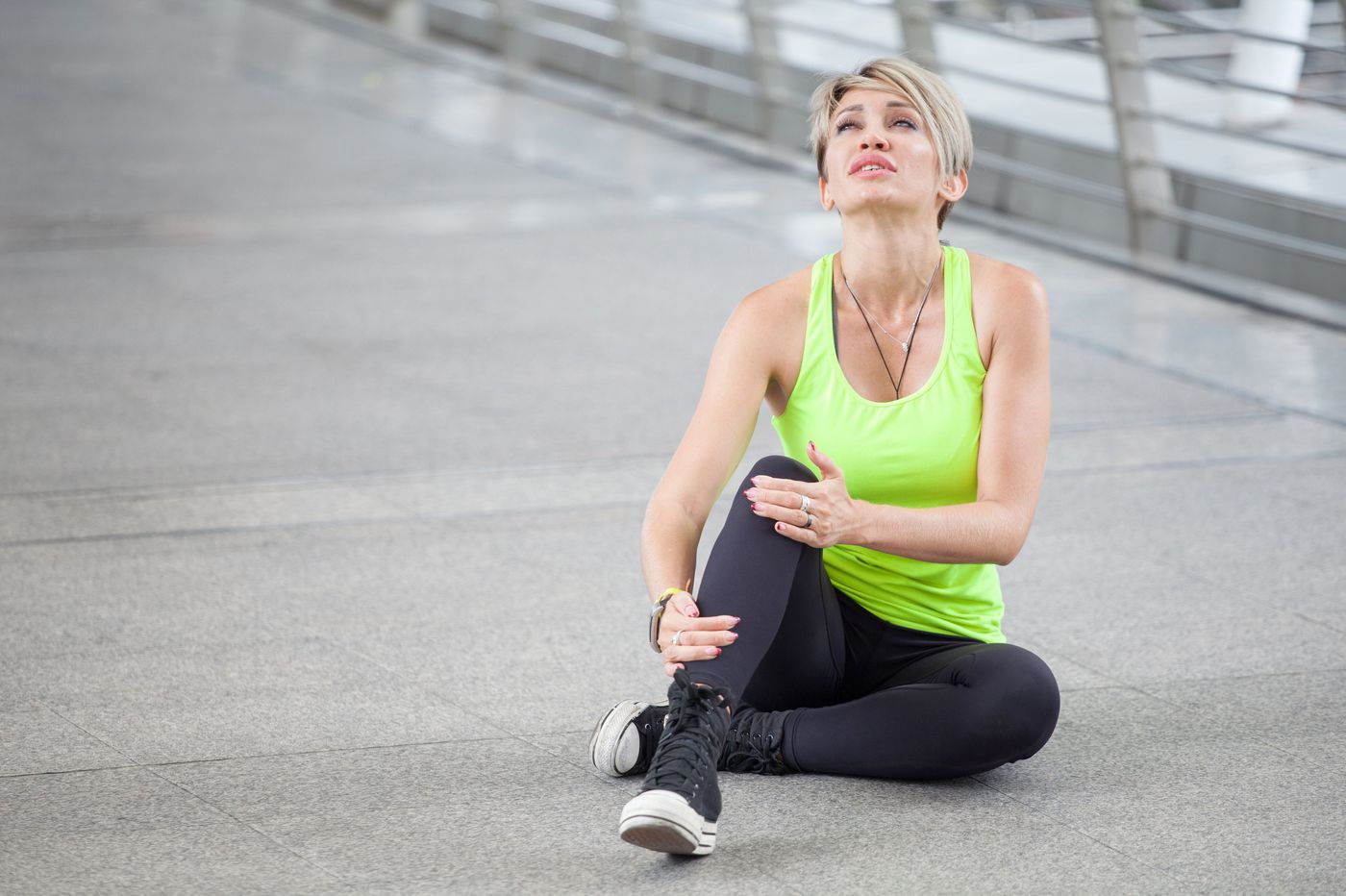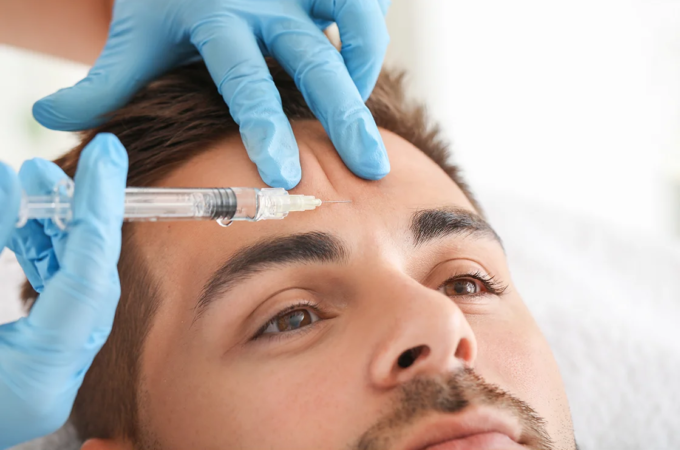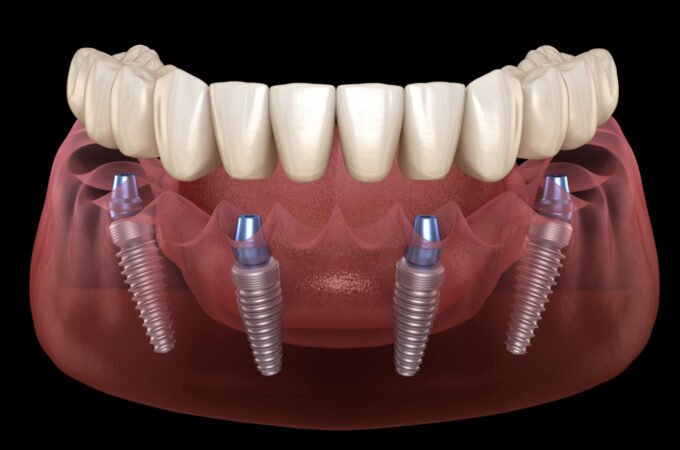
Getting Leg Pain After Running? Here is What to Know
One of the unexpected side-effects of everything going on the UK right now has been from gyms and leisure centres closing. With most people now having nowhere to work out, and a limit on where exercise can take place, there has been an upsurge in people dusting off their trainers and hitting the pavement to start running.
According to data from Google Trends, the popularity of people searching “running apps” skyrocketed in April, especially around Easter, when everyone was obviously trying to burn off the calories from all the chocolate.
With everyone getting out of the funk of working from home and, getting from couch to 5K, people who wouldn’t usually be running outside can find themselves having a hard time of it, during or after running, when legs start showing odd signs of pain that can’t be pinpointed.
If this is something you’ve noticed and aren’t sure what’s going on, here are some pointers on how to keep your legs feeling great after running.
Make sure you really stretch

Being able to get up and hit the road on a moment’s notice to get in a good run sounds ideal, but if you aren’t stretching correctly, say hello to cramps and easily avoidable injuries. It can feel slightly silly standing in the street and going through the motions of stretching to feel nimble, but stretching is less about flexibility and more about “waking up” your muscles.
Stretching will provide you with a better range of motion, and that does wonders in improving your stride when you’re not quite used to running outdoors yet. Your legs also move differently when running outdoors, as your foot has to adapt to different surfaces and elevations.
Not stretching before running could see you with more than just a cramp in the leg. Muscles in the back and hips can get sore after running if you don’t take the time to stretch.
Check your posture
Runners can sometimes get leg pain from above rather than below. Your posture can dictate so much when you’re running (it’s why some people have running coaches).
If you’re only starting, you’ll want to keep your head as straight as possible and may have to pull your shoulders together to do so. You’ll only really want to feel your head and shoulders move forward when a foot hits the ground. Think of it like trying to keep a car in gear to avoid stalling and bucking forward. You want to tilt slightly and not feel as though your head is bobbing up and down.
Poor form and tilting forward as you run can place stress on the Calcaneal tendon in your calf, as it’s trying to pull your body back when you run.
Never run in the wrong shoes

There’s an old joke from Billy Connoly that goes, “Before you judge a man, walk a mile in his shoes. After that, who cares? He’s a mile away, and you’ve got his shoes.”
When you’re trying to, for lack of a better phrase, get into the groove with running outside, you really need to be wearing the right shoes. Unlike a treadmill which gives some leeway on the type of shoes you can wear, any old trainer won’t cut the mustard on the hard ground.
Now, you don’t need to go and order an expensive pair of running shoes but do a little research on whether your current trainers are suitable for running. There are tonnes of sites with quizzes which can help pinpoint the type of show you need, whether you’re flat-footed or have a high arch.
It will be the difference between you feeling ok a few hours after a run and cursing your feet for being so sore. Wearing the wrong shoes can lead to plantar fasciitis, ankle pain and Achilles tendonitis.
Don’t lead with your heel
It might sound silly to say don’t lead with your heel when your toes point forward, but your stride and how your feet touch the ground can create problems further up the leg.
Many runners will unknowingly lead with their heel hitting the ground first when running. Instead of the toes landing to dissipate the pressure, landing heel first can send the force upwards. Most runners with knee pain will think something is wrong with the joint, when in fact, it’s their heel hitting the ground that is putting strain on the joint.
Don’t ignore the signals

Unlike your muscles feeling tight the day after a good session at the gym, if your legs feel painful and you have trouble with range of motion and walking after running, you’ll want to keep notice of your symptoms.
When they’re consistent, it may be worth booking an appointment with an Orthopaedic Consultant who will be able to identify if running is causing pain in the leg, or if there’s something else wrong and running is highlighting an underlying issue.
Find more information on seeing an orthopaedic specialist, visit https://onewelbeck.com.
Read more articles on health and wellbeing
Visit the health section of the website here, where we cover topics on everything from nutrition to fitness to wellbeing.




